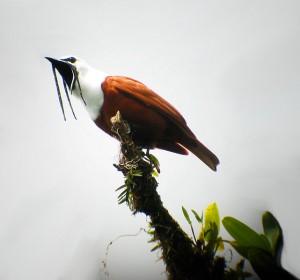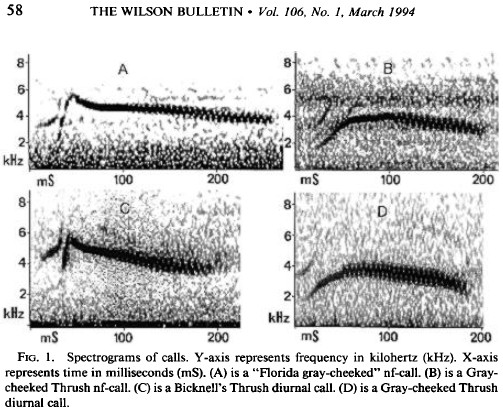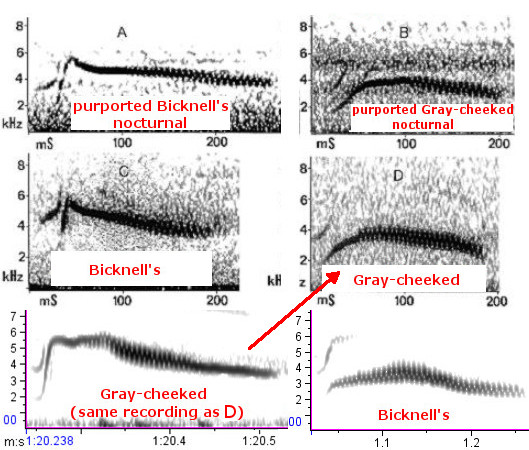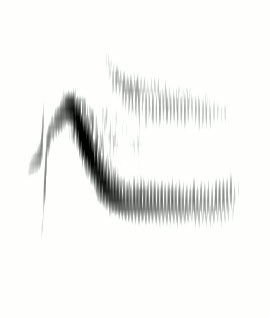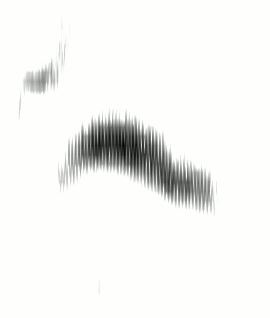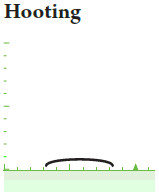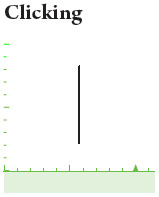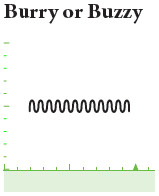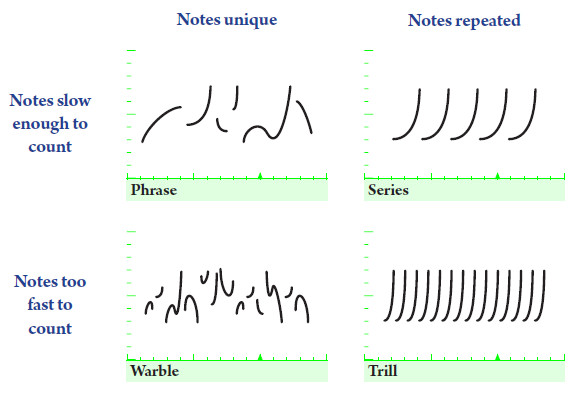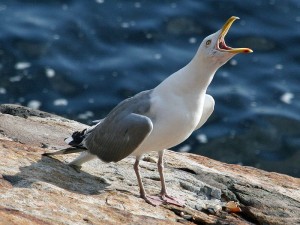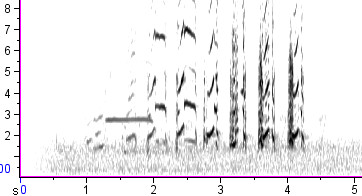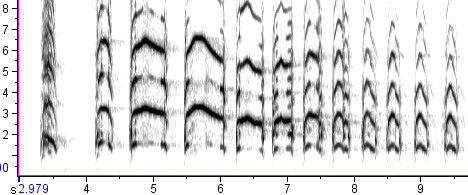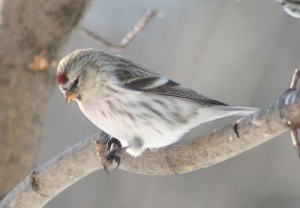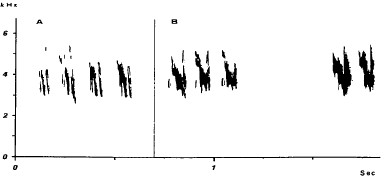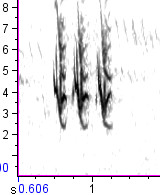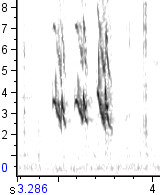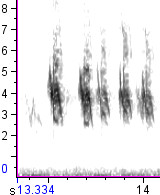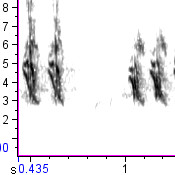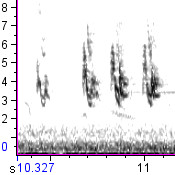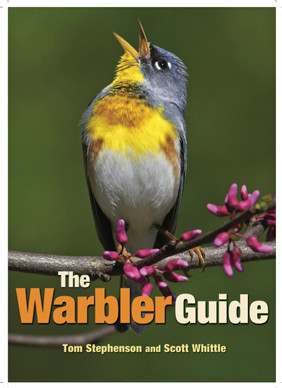Florida’s Online Sound Archive
 Looks like I missed this news when it came out at the end of 2012, but I just found out about it via the Xeno-Canto forum. The Florida Museum of Natural History has put its huge collection of bird sound recordings online in digital format for the first time. According to the museum website, the collection contains over 20,000 recordings of about 3,000 bird species, making it the Western Hemisphere’s second-largest collection in terms of species and third-largest in number of recordings. It’s the biggest single addition to the internet’s bird sound collection in many years.
Looks like I missed this news when it came out at the end of 2012, but I just found out about it via the Xeno-Canto forum. The Florida Museum of Natural History has put its huge collection of bird sound recordings online in digital format for the first time. According to the museum website, the collection contains over 20,000 recordings of about 3,000 bird species, making it the Western Hemisphere’s second-largest collection in terms of species and third-largest in number of recordings. It’s the biggest single addition to the internet’s bird sound collection in many years.
I spent a little time cruising around the website, and I have some suggestions for better browsing:
- Get your scientific names ready! The database doesn’t contain English names at the moment. And even the scientific names are sometimes way out of date — for example, all the California and Canyon Towhee recordings are lumped together under the old name Pipilo fuscus. (California Towhee became Pipilo crissalis in 1989, and Melozone crissalis in 2010, so the name P. fuscus is oooooold).
- When you want to look through some results, you might want to click on “Table Layout” instead of “Vertical Layout.” The Vertical Layout puts the genus in bold letters at the top of each search result, but buries the species name way down in a list of information, third from the bottom. It’s annoying. Table Layout makes it much easier to browse search results that contain multiple species. Plus it shows you more information about each recording, if you use the horizontal scroll bar at the bottom of the screen.
Overall, it’s great to see this collection online, and I’ll be visiting it regularly from now on.
